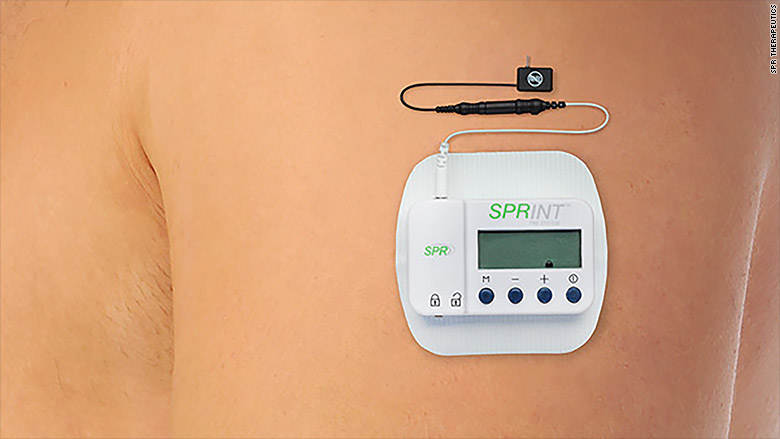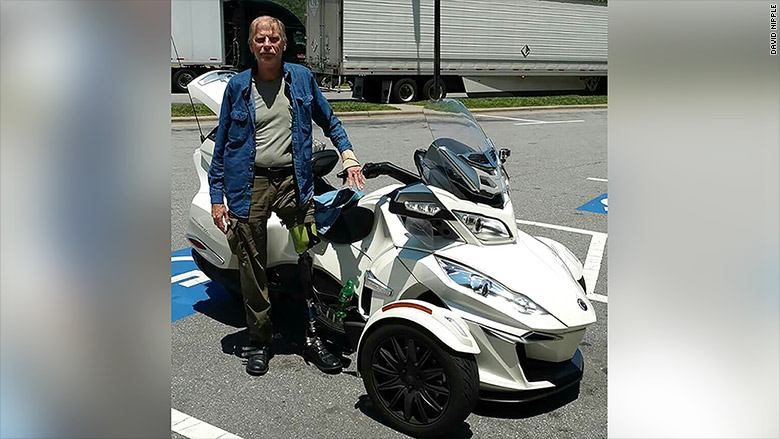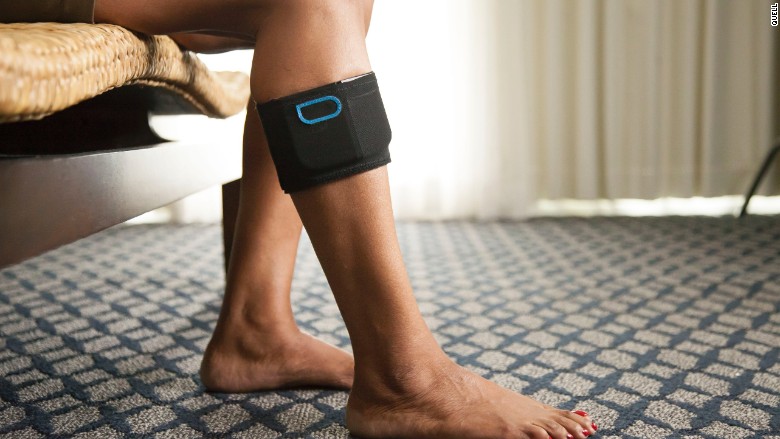"According to the Congressional EMP Commission, a single warhead delivered by North Korean satellite could blackout the national electric grid and other life-sustaining critical infrastructures for over a year – killing nine of 10 Americans by starvation and societal collapse.”
President Trump is facing this threat head-on and he is not backing down. He told Reuters, "There is a chance that we could end up having a major, major conflict with North Korea. Absolutely."
North Korea realizes they can’t beat us with brute military force on the conventional battlefield. We are way too strong for that.
However we do have a weakness that North Korea or other foreign terrorists can use against us…
Our crumbling electric grid.
Former CIA official Dr. Peter Pry warns, “There is an imminent threat… to the national electric grid and not just to a single U.S. city.”
When our electric grid fails, it will be like watching America have a heart attack right before your eyes. Because when the heart stops pumping… everything shuts down and the patient flat lines.
Our enemies could cripple our great country in a matter of minutes, without having to fire a single bullet. They could just sit back and watch as we self-destruct through looting, rioting and the targeting of police officers.
It’s a frightening idea, but worst of all…
It may already be happening.
On April 21, three major U.S. cities – New York, Los Angeles and San Francisco – experienced virtually simultaneous power outages. Businesses emptied. Schools closed. Subway commuters were stuck underground in the dark.
Rumors immediately started flying that a cyber-attack had caused all three blackouts.
The "official" word in San Francisco was that the outage was caused by a fire in a substation. In Los Angeles, high winds were blamed. In New York, an equipment failure was the announced culprit.
Perhaps those were the real causes. Or maybe these simultaneous blackouts were dry runs for future attacks.
We may never know the truth.
But former CIA Director Dr. Peter Pry says that attacks on just 9 of the nation’s 55,000 electrical substations could result in nationwide blackouts for up to 18 months.
Our government is woefully unprepared.
It seems like the government has been fixated on taking more and more away from people who worked hard to earn it, while doing virtually nothing to secure our nation’s infrastructure.
They’ve ignored dire warnings from experts about the grid’s vulnerability to physical, electromagnetic pulse (EMP) and cyber-attack by North Korea, Russia, China and even ISIS and other terrorist groups.
“Our death toll would be staggering” reports FOXNews. We’re all fine when the power goes out for a few hours and even days. But an extended blackout would be devastating.
Frank Gaffney, founder of the Center for Security Policy predicts, “… should the power go out and stay out for over a year, 9 out of 10 Americans would likely perish.”
Imagine a blackout lasting not days, but weeks or months. Your life would be frozen in time right at the moment the power fails. Lights all over the country would go out, throwing people into total darkness.
Without access to a generator, your fridge, electric range and microwave would be dead. All the food in your fridge and freezer would spoil.
Your well couldn’t pump any fresh water into your house. And even if you don’t have a well, a total grid failure means no fresh water to drink, cook, or clean with.
You wouldn’t be able to operate your radio or TV, or charge your cell phone, so you’d feel isolated and cut off from your friends and family.
Sadly, this is NOT science fiction or some crazy doomsday theory…
And retired CENTCOM General Lloyd Austin says, “It’s not a question of if, it’s a question of when.”
Will you be prepared for this devastating crisis… one that could take months or even years to recover from?
How will you stay safe… warm… and protected?
That’s why many Americans are taking matters into their own hands and are securing their own solar powered generator.
Solar generators are a smart choice because they produce an endless supply of life-saving electricity when you need it most – and without gas, fumes or noise.
That’s enough to power lights for safety and comfort, your computer, TV, or cell phone. Even small appliances like a small freezer or critical medical device that will sustain your family during a power outage.
Imagine how much peace of mind you’ll have right away when you get your own. Because if a crisis hits and your family asks, “When will the power come back on?” you’ll calmly reassure them that they’re safe and they will have plenty of electricity to power the critical items.
You’ll be able to power lights… preserve food… recharge cell phones and computers… or keep critical medical devices going.
Your home will be a little island of light and warmth in a storm – be it natural or man-made.
Listen, nobody can predict the future. None of us know exactly when or how an attack on our electrical grid will hit.
But from everything we see, it could be soon and it could be devastating.
























